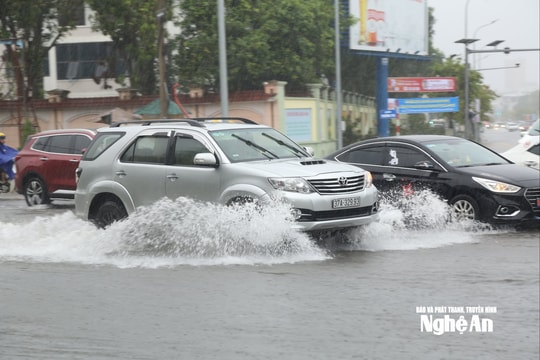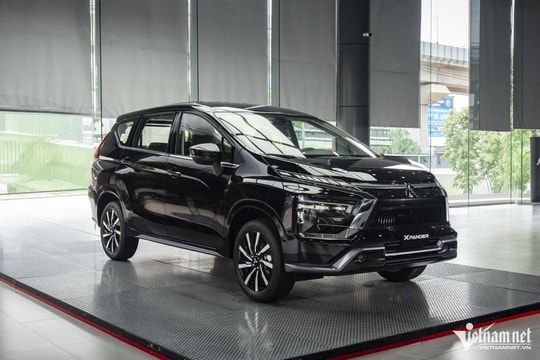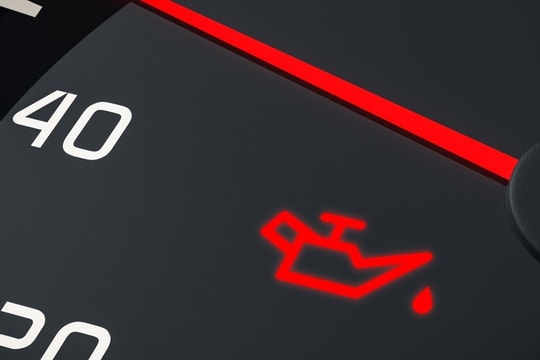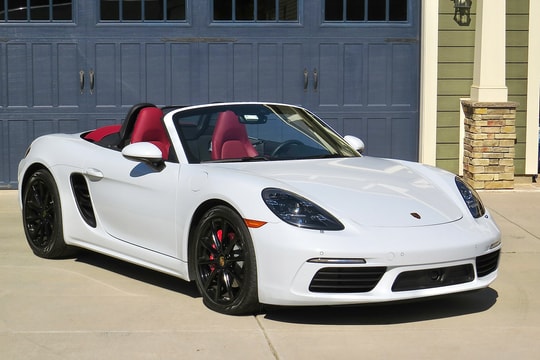Warning lights that drivers cannot ignore
Ignoring warning signals for oil pressure, coolant temperature, brake lights or tire pressure can result in serious engine damage or an accident.
Normally, when starting the machine, all the lights on the control panel will light up; after a few seconds they will go out immediately. If the indicator lights are still on, there are 3 common colors to warn about the level:Green- attention, usually just a light to remind the driver about the operating status of the device, such as the air conditioner is on...;Yellow- warn of hazards, such as low fuel, or problems with the ABS anti-lock braking system; andRed- dangerous, like oil pressure loss warning light.
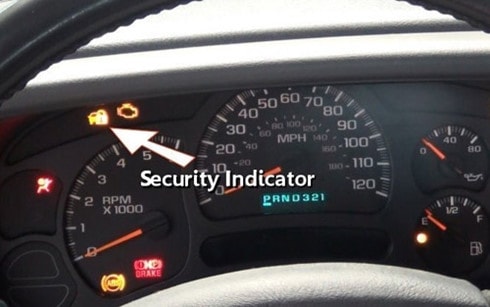 |
| Warning lights on car dashboard |
Lubricating oil pressure warning light
This sign indicates that the engine oil pressure is low, which is not enough to ensure safe engine operation. Intentionally driving in such a condition can cause serious engine damage because the metal surfaces that move relative to each other are scratched.
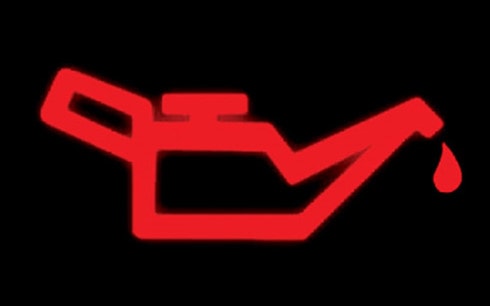 |
| Lubricating oil pressure warning light |
Low pressure can be caused by low oil, oil that is too thin, worn bearings that cannot maintain system pressure, or a faulty oil pressure gauge.
Coolant temperature warning light
When the "TEMP" light is on, it means the engine is overheating. Parts expand too much, causing them to seize or break, such as piston scratches, valve wear, blown cylinder gaskets, or cylinder deformation.
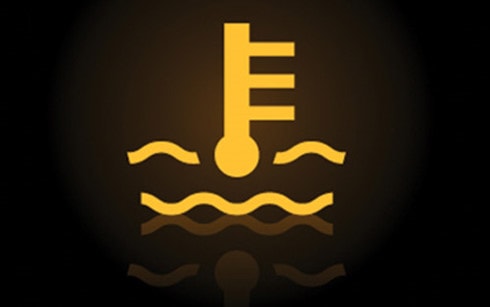 |
| Temperature warning light |
When you pull over to the side of the road, you may notice that water may be leaking from the radiator or hot pipe. Pay attention to the water level in the auxiliary tank. Never open the radiator or auxiliary tank when the engine is still hot because the water may overflow and cause burns. Using the right type of coolant helps the engine run more stably and last longer.
Battery charging indicator light
The charge light usually has a battery symbol, but sometimes it says "GEN" or "ALT". It comes on when the charge voltage is low, the battery is not charging. It does not necessarily mean stopping the car immediately, but it will stall after about 20-30 minutes before running out of charge. The running time may be shorter if the light is on.
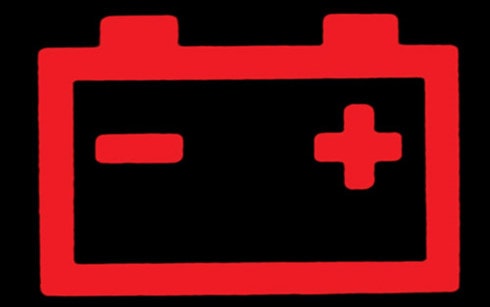 |
| Battery charging indicator light |
Common causes are a slipping or broken alternator belt, a faulty alternator, a bad charge controller, or a corroded or broken wire.
Brake system warning light
It could be on because the parking brake is not fully released, but it could also be due to low brake fluid or loss of fluid pressure due to a leak in the drive system.
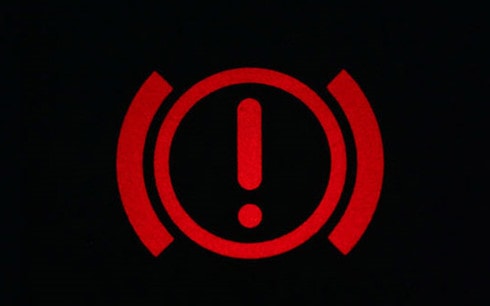 |
| Brake system warning light |
The important thing now is to find a way to stop the car safely. If the system is still working, brake carefully. Using the handbrake or engine brake on a manual transmission can also slow the car down when the foot brake is no longer effective. If the above options do not work, find a way to minimize damage from a collision, such as driving the car into a bush or a soft object on the side of the road.
Tire pressure warning light
The light will come on when any tire is 25% under inflated. Driving with less than the recommended pressure increases the risk of a blowout. Underinflated tires also cause uneven braking and traction. This increases friction and fuel consumption. The cause may be a puncture or air leakage over time.
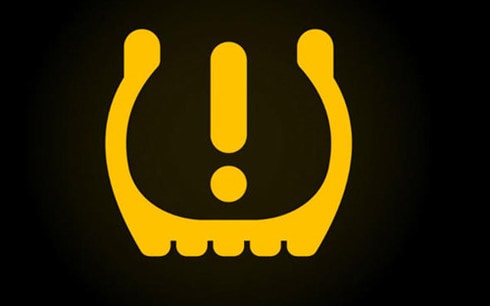 |
| Tire pressure warning light |
On average, tire pressure drops by 0.07 - 0.14 atmospheres. But sometimes it can also be due to a faulty tire pressure sensor. Check and add air according to the recommendations on the tire sidewall.
Airbag system warning
 |
| Airbag system warning |
The airbag control system may stop working, and the airbag may not deploy in a crash.
According to VOV
| RELATED NEWS |
|---|

